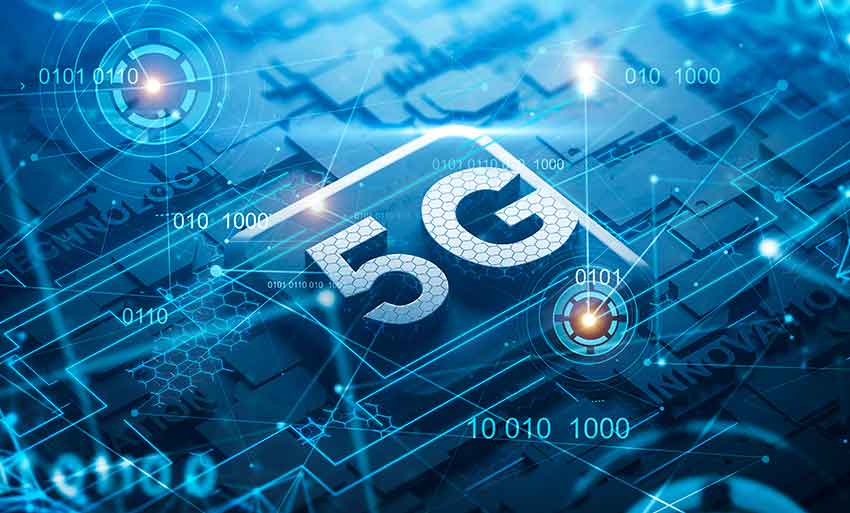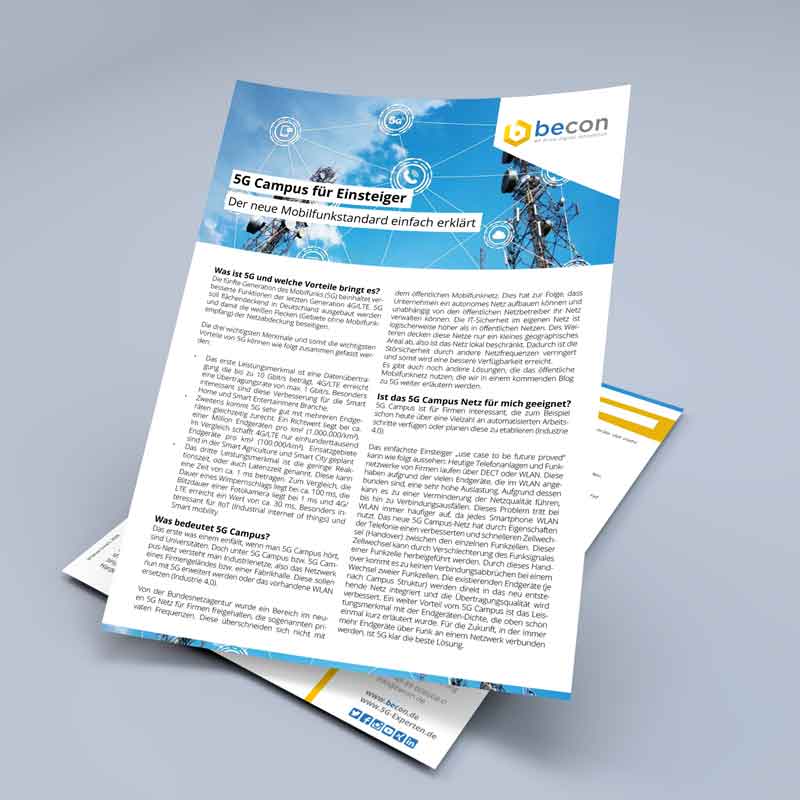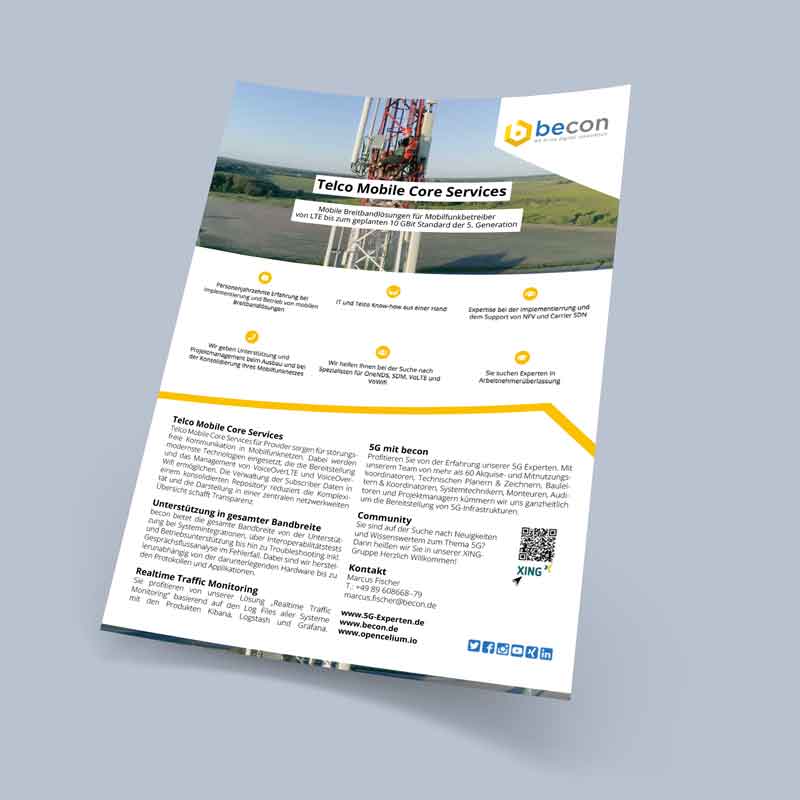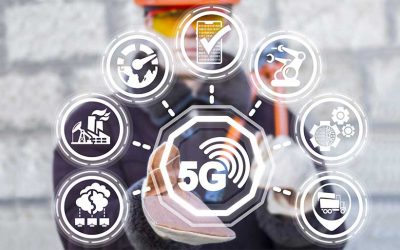What exactly is 5G and what benefits does it bring for everyone? This question was certainly already asked by one or the other. In this blog article, we answer these and similar questions and thus introduce you to the new mobile communications standard 5G in a nutshell. In upcoming blog posts on the topic of 5G, we will be happy to go into more depth on the technical issues.
What is 5G and what advantages does it bring?
The fifth generation of mobile communications (5G) includes improved features from the last generation 4G/LTE. 5G is to be rolled out nationwide in Germany, thus eliminating the white spots (areas without mobile phone reception) in network coverage.
The three most important features and thus the main advantages of 5G can be summarized as follows:
- The first performance feature is a data transmission that is up to 10 Gbit/s. 4G/LTE achieves a transmission rate of max. 1 Gbit/s. These improvements are particularly interesting for the smart home and smart entertainment industry.
- Furthermore, 5G copes very well with multiple end devices simultaneously. A guideline value is about one million terminals per km² (1,000,000/km²). In comparison, 4G/LTE only manages one hundred thousand terminals per km² (100,000/km²). Areas of application are planned in smart agriculture and smart city.
- The third performance feature is the low response time, or latency. This can be a time of approx. 1 ms. For comparison, the duration of a blink of an eye is about 100 ms, the flash duration of a photo camera is about 1 ms, and 4G/LTE reaches a value of about 30 ms. Particularly interesting for IIoT (Industrial internet of things) and Smart mobility.
We will take a closer look at these three performance features in the next blog article.
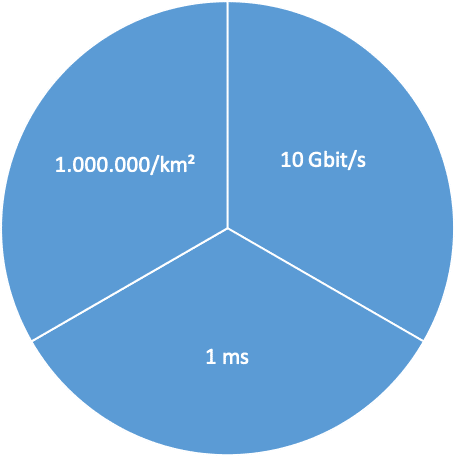
What does 5G Campus mean?
The first thing that comes to mind when you hear 5G campuses are universities. But 5G Campus or 5G Campus network means industrial networks, i.e., the network of a company premises or a factory building. These are now to be expanded with 5G or replace the existing WLAN (Industry 4.0).
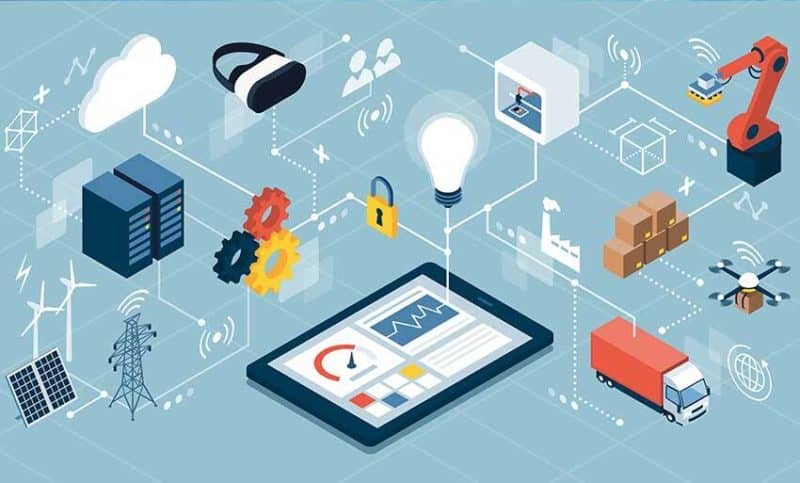
The German Federal Network Agency has kept an area in the new 5G network free for companies, the so-called private frequencies. These do not overlap with the public mobile network. As a result, companies can build an autonomous network and manage their network independently of public network operators. IT security in the company’s own network is logically higher than in public networks. Furthermore, these networks cover only a small geographical area, so the network is local. This reduces interference from other network frequencies and thus achieves better availability.
There are also other solutions that use the public mobile network, which we will explain further in an upcoming blog on 5G.
Is the 5G Campus network suitable for me?
5G Campus is interesting for companies that, for example, already have a large number of automated work steps or are planning to establish them (Industry 4.0).
The simplest entry-level “use case to be future proven” can look like this: Today’s telephone systems and wireless networks of companies run via DECT or WLAN.
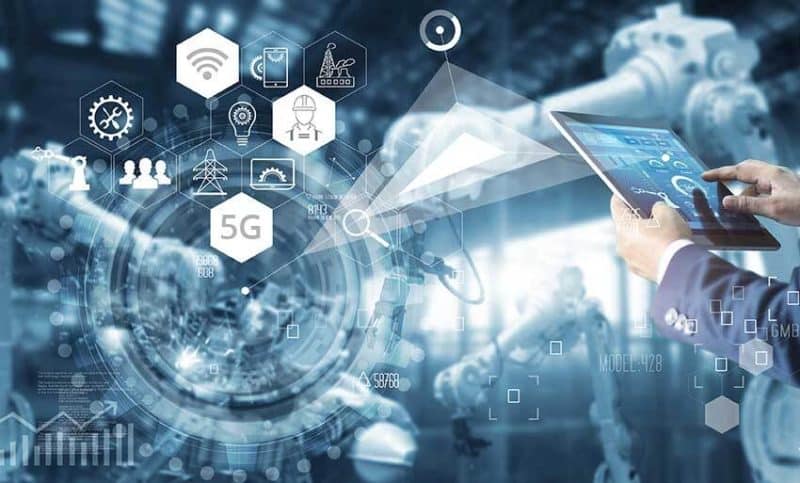
These have a very high load due to the many end devices that are connected to the WLAN. Due to this, it can lead to a reduction in network quality, up to and including connection failures. This problem is becoming more and more common with WLAN, as every smartphone uses WLAN. The new 5G campus network has improved and faster cell switching (handover) between radio cells due to features of telephony. This cell change can be brought about by deterioration of the radio signal of a radio cell. This handover means that there are no disconnections when switching between two radio cells. The existing terminals (depending on the campus structure) will be directly integrated into the newly created network and the transmission quality will be improved. Another advantage of 5G Campus is the terminal density feature, which has already been briefly explained above. For the future, in which more and more terminals will be connected to a network via radio, 5G is clearly the best solution.
Another use case is the application in the production line
Sensors on robot arms, for example, which are connected to the company network by cable, can be replaced by sensors with 5G transmitters. This can significantly reduce cable wear for these sensors, which are caused by movement of the arm. Also, microphones can detect and transmit anomalies of the sounds from the machines. The sounds are compared with “normal” standard sounds of the machines in real time on an edge server.
Edge servers are the connection points to a cloud server that handles many processes upstream.
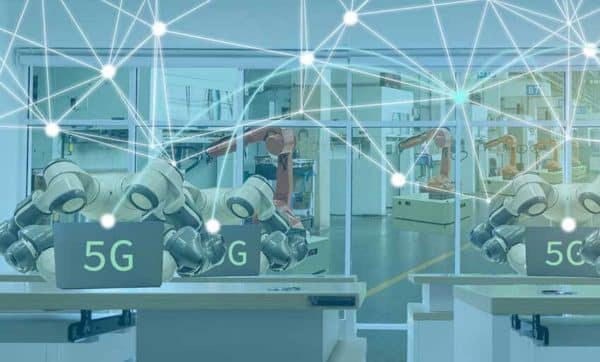
Another example is described in the following use case:
Companies that already use AGVs (Automated Guided Vehicles – driverless transport vehicles) can also benefit from 5G. Today’s AVGs are all self-sufficient and can independently plan the route, find solutions to problems and locate their position. You can only retrieve the target & order data and minor operating data via WLAN.
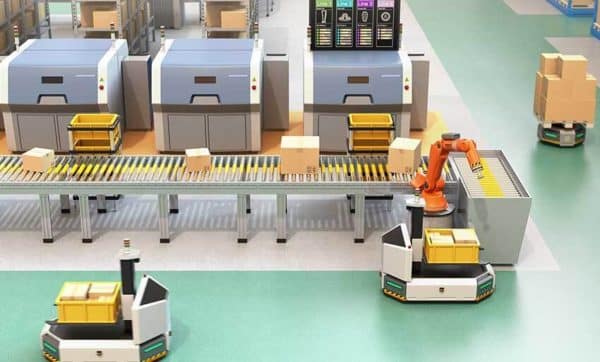
With 5G, these tasks can be offloaded to an edge cloud server, so AGVs no longer need to compute them. There is a permanent connection between the AGV and the edge server, while the WLAN variant only has a point-to-point connection. One has all the information about each AGV at any time through the 5G campus network. This includes the position, state of the AGV, start and end points, and what route it is traveling. Any problems on the route can be solved faster thanks to the low latent time of 10 ms. Thus, the AGV is always in the right place at the right time and there is no delay in production.
These are just a few examples of the application areas that 5G Campus can fulfill. So it will be interesting to see what new applications the new mobile communications standard will find and open up in the future. Become a part of this future and let us advise you on the topic of 5G Campus.
This blog article is also available as a free fact sheet!
Fact Sheet
5G Campus for Beginners |
The new mobile communications standard explained simply
What is 5G and what advantages does it bring? The fifth generation of mobile communications (5G) includes improved features from the last generation 4G/LTE. 5G is to be rolled out nationwide in Germany, thus eliminating the white spots (areas without mobile phone reception) in network coverage.
Fact Sheet
5G Experts | Fact Sheet
Telco Mobile Core Services
Benefit from the experience of our 5G experts. With our team of more than 60 acquisition and sharing coordinators, technical planners & draftsmen, site managers & coordinators, system engineers, installers, auditors and project managers, we take a holistic approach to 5G infrastructure deployment.
Subscribe to our blog!
We’re not just going to talk about us here,
but above all provide interesting information about the change of IT with all its technological facets.
blog
Related blog articles
The fire department in transition
The fire department has a low level of digitization...
Decision support 5G campus network
We have already described the advantages that the new 5G...
Contact
Instant contact
Do you have any questions, suggestions, requests or are you facing a particular challenge? We look forward to hearing from you!
+49 (0) 89 608668-0

